In 2019, the global political turmoil imposed more fluctuations in bitumen prices than in 2018. This year saw the start of a Sino-US trade war that pushed up crude oil and bitumen prices. The most important events affecting the price of bitumen in 2019 were the attack on tankers in the Persian Gulf, the targeting of an American drone by Iran, the seizure of a British tanker in Persian Gulf waters, and the attack on the Aramco oil facility in Saudi Arabia. For more information about Latest Bitumen Price in 2020, visit our website.
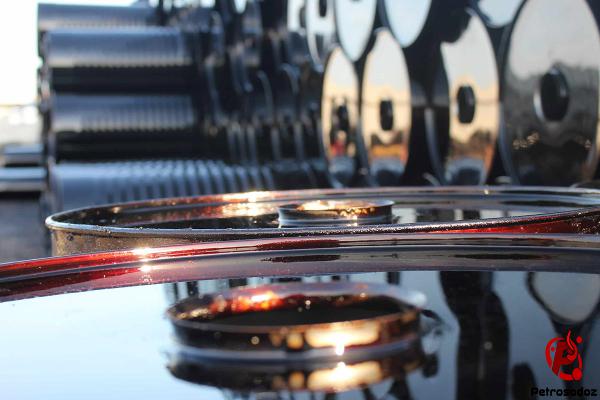
Is bitumen used as a fuel?
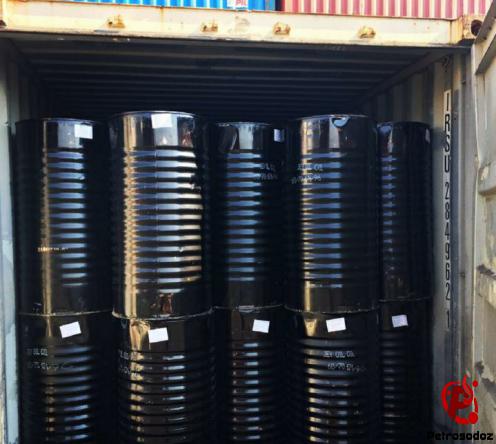
Bitumen is usually obtained by distilling crude oil. Such bitumen is called petroleum bitumen or distilled bitumen. Petroleum bitumen is the product of two stages of crude oil distillation in the distillation tower. In the first stage of distillation, light materials such as gasoline and propane are separated from crude oil. This process takes place at a pressure close to one atmosphere (units). In the second stage, heavy compounds such as diesel and kerosene are extracted. This process takes place at a pressure close to vacuum. Eventually a mixture of very fine solid particles called asphaltene remains, which is immersed in a grease-like fluid called malton.
However, some types of bitumen are obtained in nature due to the gradual conversion of crude oil and the evaporation of its volatiles over many years. Such bitumen is called natural bitumen and it is more durable than oil bitumens. Such bitumen may exist in pure form in nature (lake bitumen), such as Behbahan bitumen lake in Iran and Tirinidad bitumen lake in the United States, or it is extracted from mines (mineral bitumen). Bitumen is also known as Uintaite.
Blowed bitumen is obtained by blowing hot air into pure bitumen in the final stage of purification. In this process, hot air at a temperature of 200 to 300 ° C is blown into the bitumen chamber by perforated pipes. As a result of this process, the hydrogen atoms in the molecules of bitumen hydrocarbons combine with the oxygen in the air, and by the formation of water, the polymerization takes place. Blowed bitumen has a lower degree of penetration than pure bitumen, has a higher degree of softness and is less sensitive to temperature changes. This type of bitumen is mostly used in making roofing sheets, car batteries and plating. The abbreviation for blown bitumen is R. For example, 80/25 R bitumen means blown bitumen with a degree of softness of 80 and a degree of penetration of 25.
Mixed bitumen is a mixture of bitumen and a suitable solvent (eg kerosene or gasoline). This bitumen is liquid at room temperature or liquefies with low heat. Mixed bitumen is used in various types of paving and macadam asphalts. The setting or hardening rate of this type of bitumen depends on the type of solution. For example, due to the high rate of evaporation of gasoline, the bitumen dissolved in gasoline hardens faster. This bitumen is called hardening bitumen (RC). Bitumens dissolved in oil are also called retarder (MC) bitumen, and bitumen that dissolves in gas oil or furnace oil is called retardant oil (SC). Soluble bitumens are graded based on their degree of viscosity.
Emulsion bitumen is obtained by mixing bitumen and water and an emulsifier. The amount of emulsifier is very small and about 0.3 to 0.5% by weight of bitumen. The amount of water used in this type of bitumen is about 30 to 50% of the weight of the bitumen. The emulsifier is usually an alkaline salt of organic acids or ammonium salts that cause bitumen particles to be charged. In this way, the bitumen particles repel each other due to the induced load and float in water in the form of spheres with a diameter of one hundredth to one thousandth of a millimeter. The use of this type of bitumen reduces environmental pollution and because no oil or flammable solvents are used, the risk of ignition during transport of bitumen is reduced. Emulsion bitumen is used for cold asphalt in wet environments or for insulation work. In this case, you have to add water to it again and increase its content to about 65%.
Bitumen is commonly used in both road construction and insulation. About 90% of the bitumen produced is used in road construction, and insulation costs account for only 10% of the bitumen consumption.
In Iran, there should be a long-term view to reduce costs; But this is not the case. Consider that for ordinary bitumen is more than three million tomans per ton and for polymer bitumen is five million tomans per ton; But with a 30% reduction in asphalt thickness (bitumen accounts for 5% of asphalt), the price is equalized by eliminating the cost of aggregates and spreading in the initial stage. Over a period of 10 years, the number of polymer bitumen decreases; But other types of bitumen increase costs due to renewal.
To localize this product in Qeshm and Kish, the temperature sensitivity of polymer bitumen is high and 82 degrees above zero and minus 22 degrees below zero, there is no problem for this type of bitumen. For more information about bitumen suppliers, visit our website.
Latest Bitumen Price on the market
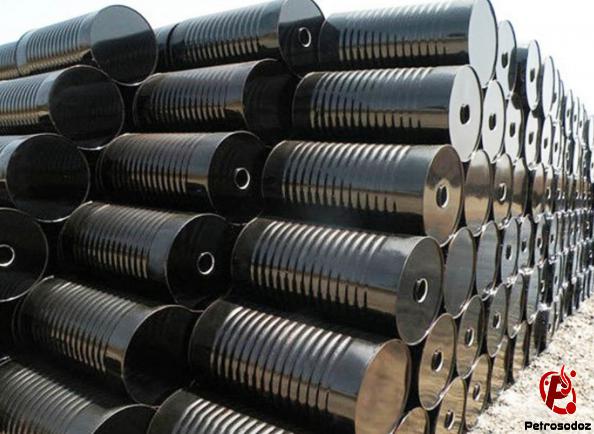
Bitumen manufacturers commonly use bitumen to insulate roofs and bathroom floors. Usually, in order to stabilize the bitumen, it is used together with a sack called bitumen. Sack fibers act as a reinforcing bitumen and stabilize the bitumen in place. Products such as bitumen cardboard or bitumen felt, which are offered under brand names such as isogum and also have a similar application to bitumen. Blockage or macadam is used to prevent soil moisture from penetrating the floor of the building. For more information about Latest Bitumen Price on the market, visit our collection website.

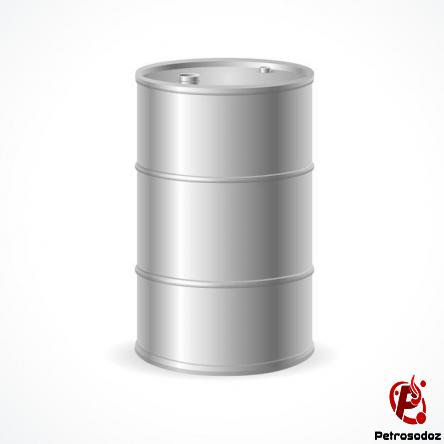
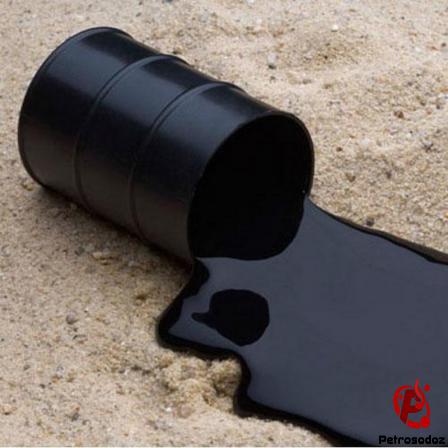
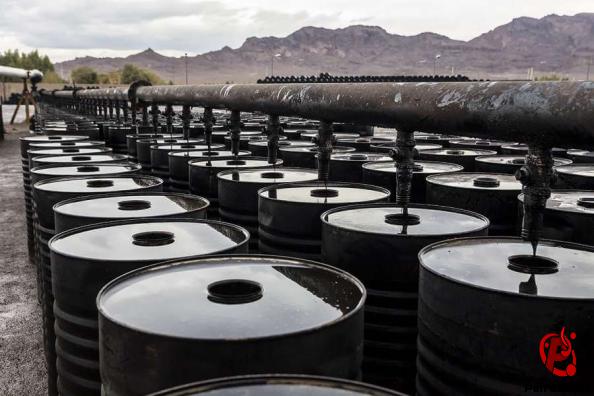
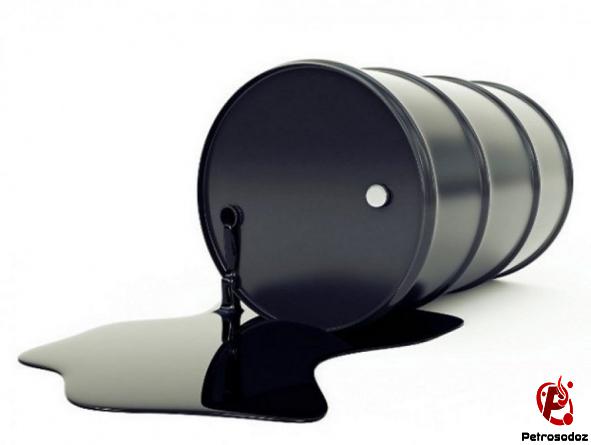
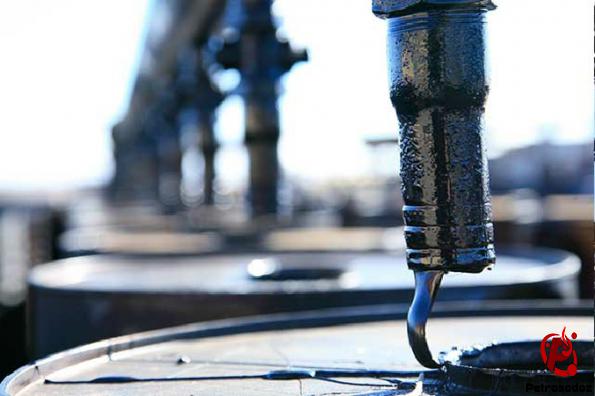
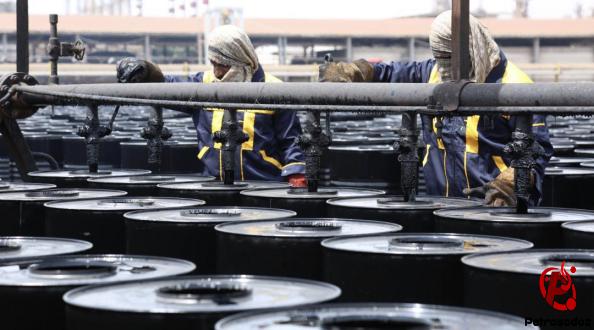
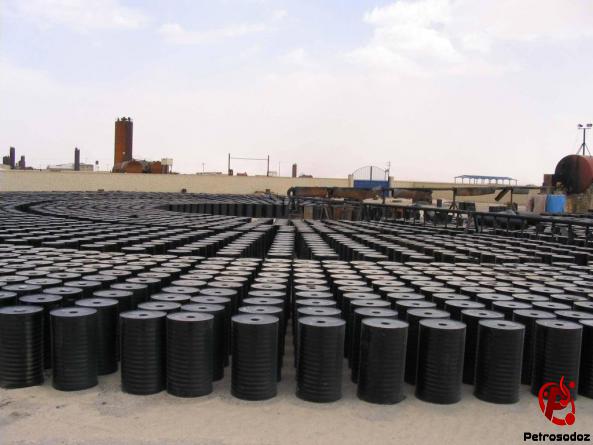
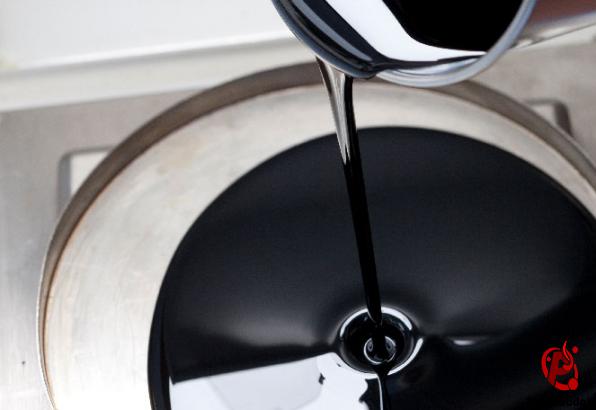
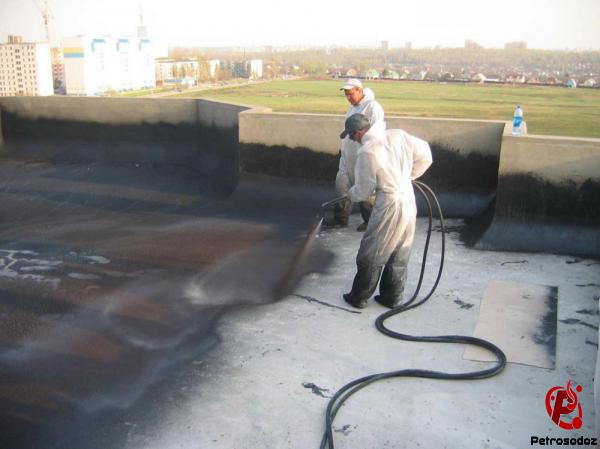
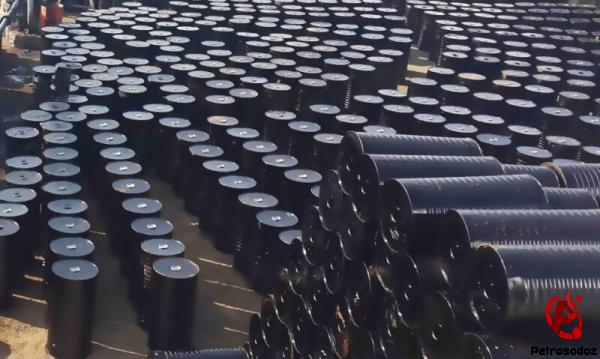
Your comment submitted.